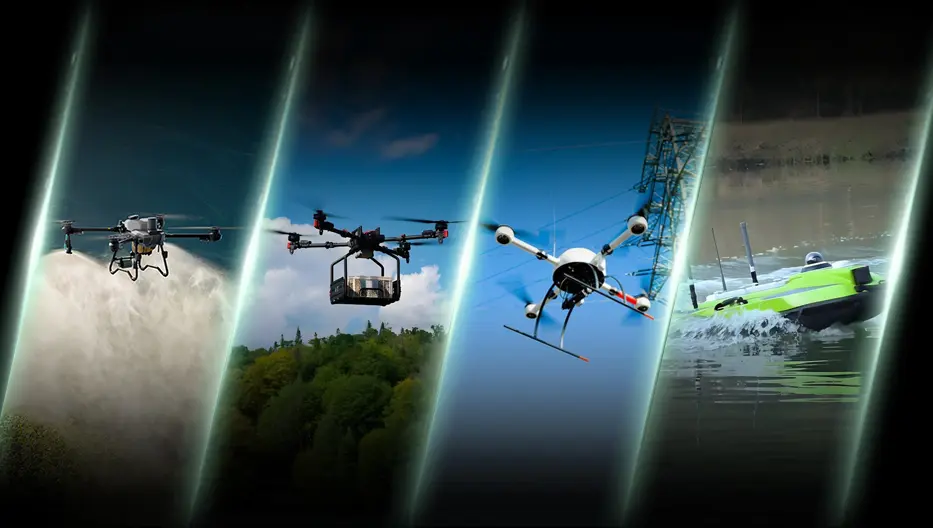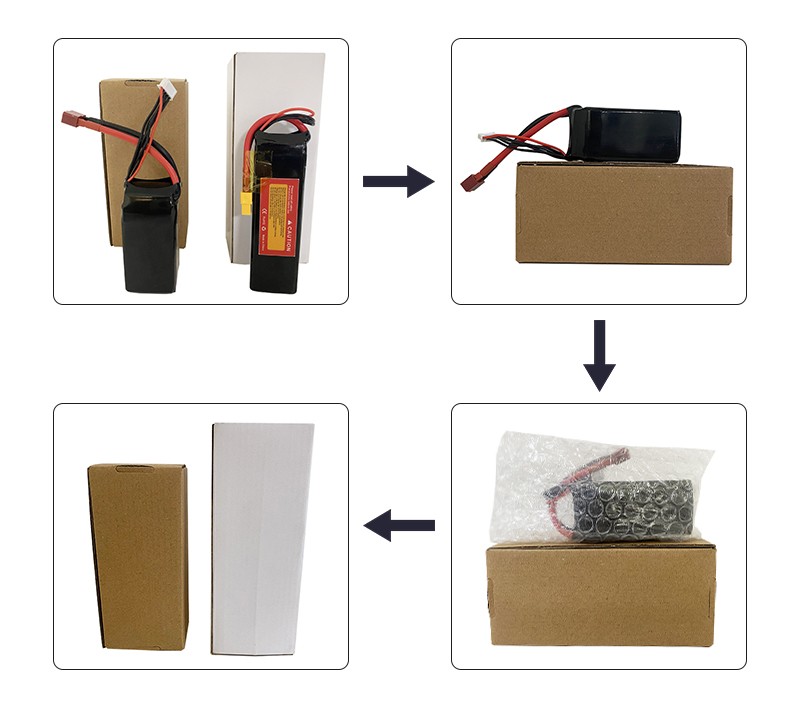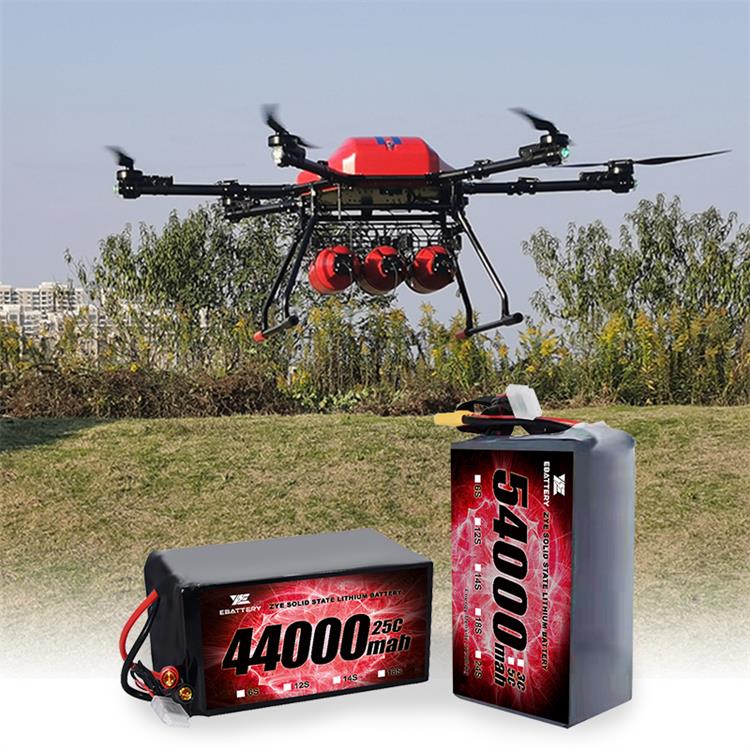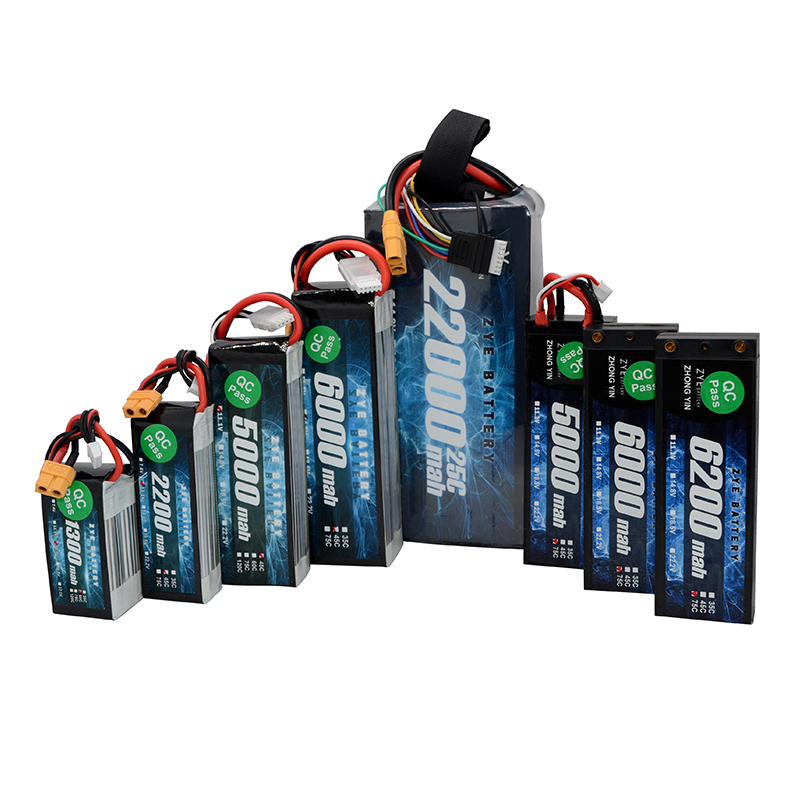What are factors affecting drone battery charging?
2025-08-12
Drone enthusiasts and professionals alike often wonder about the charging time for their unmanned aerial vehicles. The duration required to charge a drone battery can vary significantly depending on several factors.

Factors affecting drone battery charging duration
Several factors can influence the time it takes to charge your solid-state-battery:
1. Battery Capacity
The capacity of a battery, measured in milliamp-hours (mAh), directly affects charging time. Higher capacity batteries for drones generally require more time to charge fully.
2. Charger Output
The power output of the charger is crucial in determining how fast a battery charges. Chargers with higher wattage can deliver more power to the battery, allowing it to charge faster.
However, it’s important to ensure that the charger is compatible with the battery's specifications to avoid any potential damage or inefficiency during the charging process.
3. Charging Method
Different charging methods can also affect how long it takes to charge a drone battery. For instance, balance charging, which ensures that each individual cell in a multi-cell battery pack is charged evenly, may take longer than a standard, non-balance charge. This method, while slower, helps maintain the health of the battery over time.
4. Battery Temperature
The temperature of both the battery and the environment plays a significant role in charging efficiency. Extreme temperatures—whether too hot or too cold—can slow down the charging process and, in some cases, cause permanent damage to the battery.
Charging batteries within the recommended temperature range ensures optimal performance and longevity.
5. Battery Age and Condition
As drone batteries age, their internal components may degrade, leading to reduced charging efficiency. An older battery may take longer to charge, or it may not hold a charge as effectively as it did when it was new.
Proper maintenance and storing the battery in optimal conditions can help extend its lifespan and minimize slow charging issues.
6. Remaining Battery Level
The amount of charge remaining in the battery when you begin charging also affects the total charging time. A battery that is almost completely drained will naturally take longer to recharge than one that still has a significant amount of charge remaining.
Starting the charge with a partially used battery can help speed up the process slightly, but fully depleted batteries will still require a longer time to reach full capacity.

What are the current problems for solid-state battery technology?
The complex manufacturing processes required for solid state batteries also contribute to their high cost. As mentioned earlier, specialized production environments and new manufacturing equipment are necessary, which requires significant capital investment.
Until production can be scaled up and optimized, these costs will continue to be reflected in the final product price.
Research and development costs are another factor driving up the price of solid-state batteries. Considerable resources are being invested in overcoming technical challenges and improving battery performance.
These R&D expenses are often factored into the cost of early commercial products.

Moreover, the current low production volumes of solid-state batteries mean that economies of scale have not yet been realized. As production ramps up and becomes more efficient, it's expected that costs will decrease.
However, achieving price parity with conventional lithium-ion batteries remains a significant challenge for the solid-state battery industry.
If you're looking for high-energy-density-solid-state-battery or have more questions about battery care and maintenance, don't hesitate to reach out to our team of experts. We're here to help you get the most out of your battery-powered devices.Contact us today at coco@zyepower.com.
























































